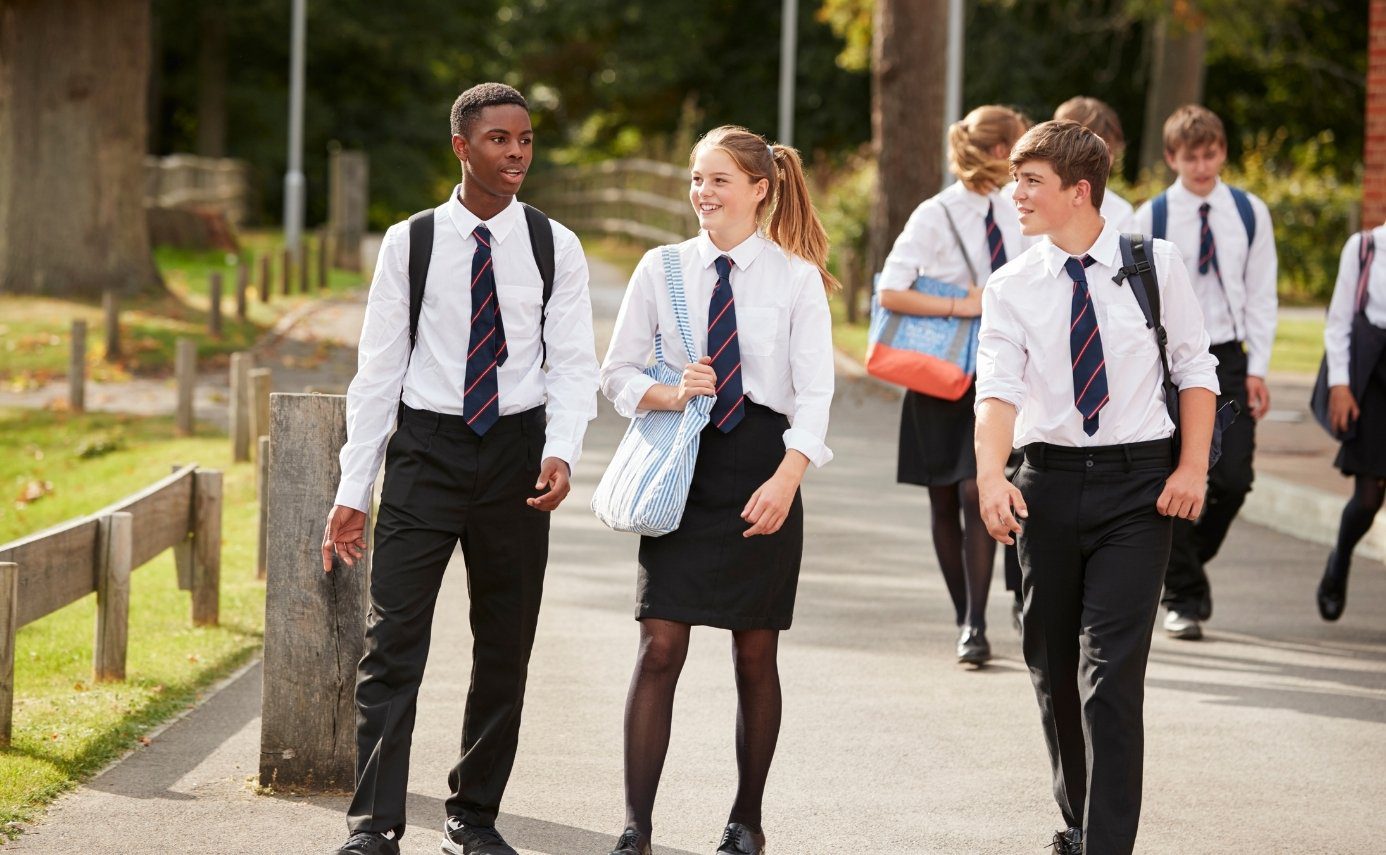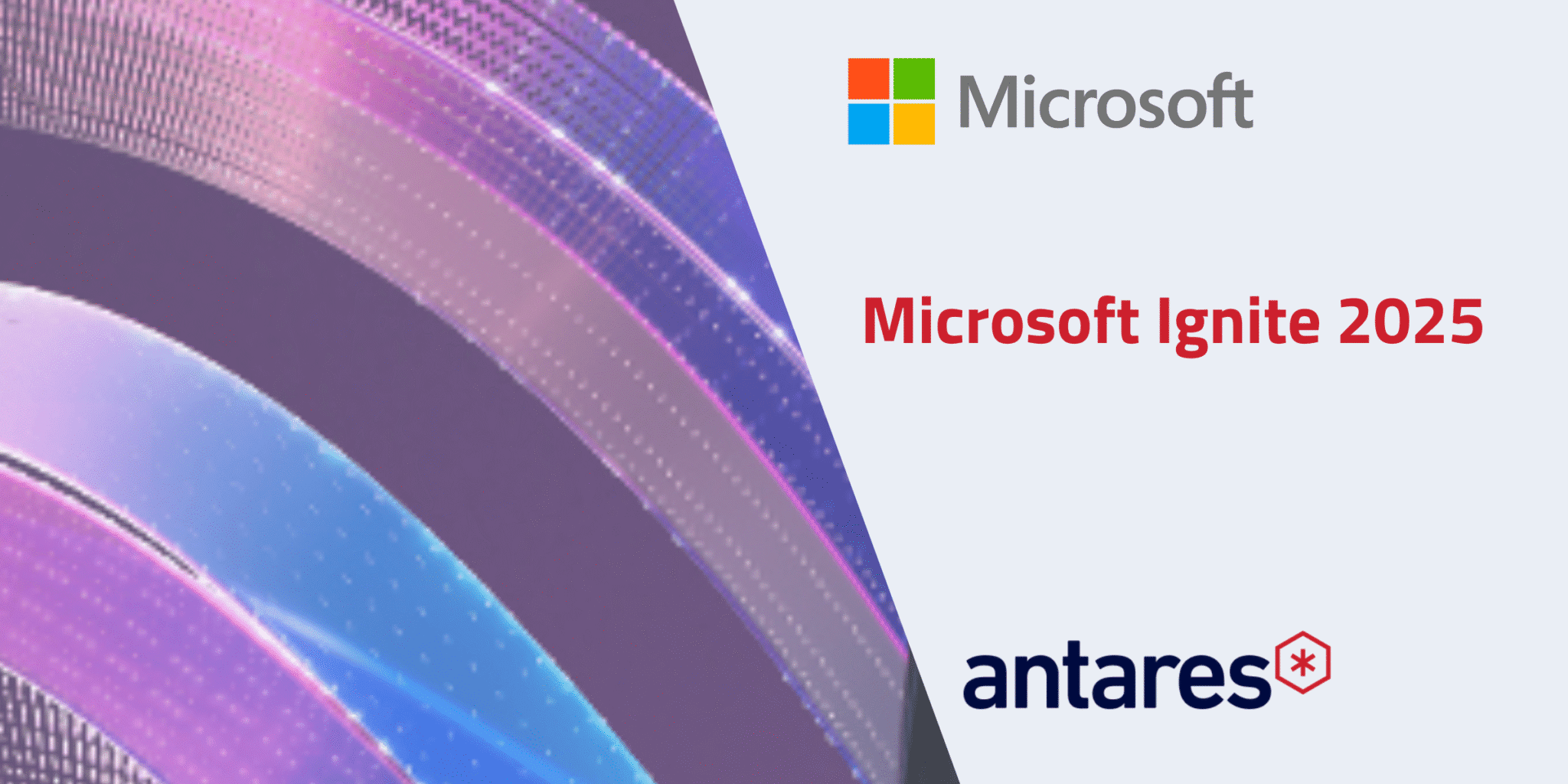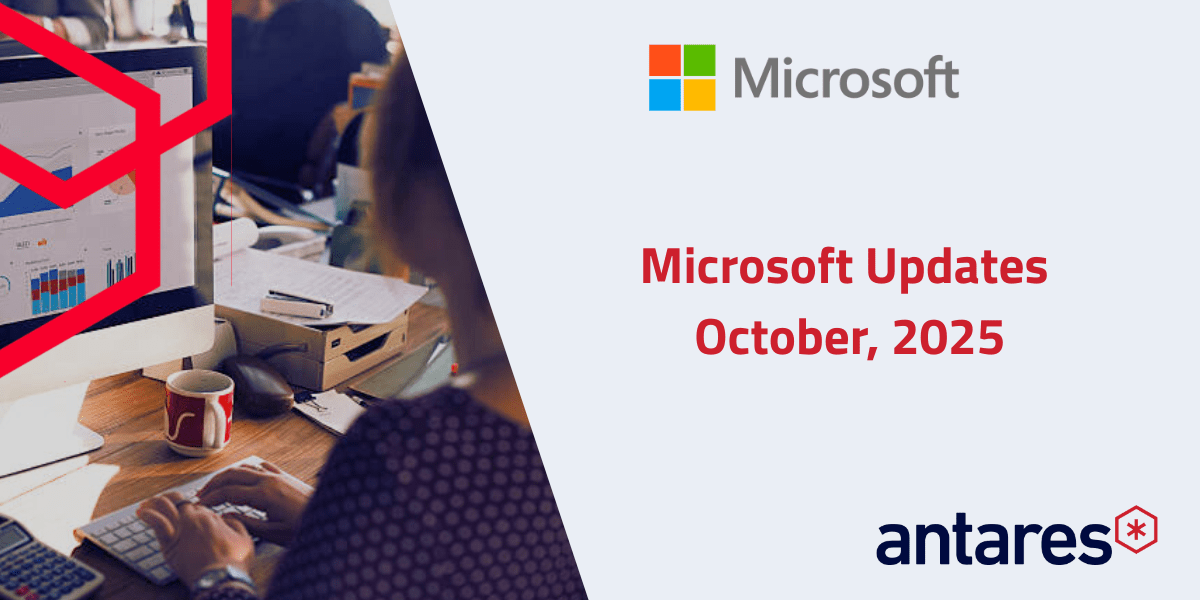
Industry Insights
Challenges and Opportunities Facing Schools in a Digital Era

Sulabh Jain
Head of Product
December 9th, 2021
For many education institutions in Australia, remote learning became an integral part of teaching and learning as they responded to lockdowns in 2020 and 2021.
Having experienced such rapid and substantial technological change, we wanted to learn more about the challenges that teachers faced, as well as their triumphs and the opportunities they see for the future.
So last month, in partnership with Microsoft, Antares held a round table with 38 representatives from independent schools. The majority of attendees were ICT managers and heads of digital technologies, with the panel comprising 4 IT leaders from primary and secondary (or K-12) schools across Australia.
Also on the panel were Antares’ Education Lead, Sulabh Jain, and Specialist in Education from Microsoft, Megan Townes.
Over the course of an hour, the panel engaged in deep discussion on these key areas:
- Hybrid learning and student engagement
- Student wellbeing
- Efficiency for students, teachers, staff and parents
All attendees were given the opportunity to share their thoughts via a Miro board and open discussion within chat.
The roundtable unearthed valuable insights into how schools have used technology over the past 18 months, and what their leaders are most excited about moving forward…
Hybrid learning and student engagement
In reflecting on how technology has improved learning and engagement over the past 18 months, the responses were incredibly positive.
Some panel members noted that earlier efforts to introduce digital technologies had allowed for a more seamless transition in 2020. Even though longer-term digital strategies were brought forward and compacted into seemingly impossible timeframes, teachers embraced the potential for technology to drive student engagement and worked closely with IT departments to boost success.
Schools used a variety of platforms to support teaching efforts – with some relying exclusively on Microsoft Teams, and others taking a more diverse approach with a focus on integration.
Consistent across the board was an expectation that digital technology in the learning landscape is here to stay. Transformation efforts continued even when 2020 lockdowns ended, ultimately placing many schools in a stronger position when they returned to remote learning in 2021.
Daley Gallagher, Maths Teacher from St Peters Lutheran College in Queensland, shared how their department leveraged Antares’ aleX platform (which is engineered to drive engagement within schools) and QBot (an AI-powered chatbot designed for education) to drive student engagement for both remote and onsite learning.
QBot empowered students at St Peters Lutheran College to receive instant answers to pressing math questions which had been previously populated by teachers. The department also had QBot tag students who could provide quality responses, which aided in building engagement between students – an area that teachers found was lacking during remote learning.
Overall, teachers reported that students adapted very well to remote learning, and parents were positive about the quality of teaching that could be delivered digitally.
Key takeaways:
- Remote learning challenged preconceptions about how digital technologies can support learning.
- Remote learning gave students new opportunities to work independently.
- In returning to school, teachers are looking at how to incorporate the best in onsite and remote learning to create a “hybrid” teaching and learning environment.
- AI-powered tools such as aleX and QBot are helping to drive engagement between teachers and students.
Student wellbeing
One of the major concerns in moving to remote learning was the ability to support student wellbeing. In this part of the roundtable discussion, we asked teachers to share how technology enabled their teachers to provide that support, and how students responded.
We heard that most schools had embraced a “flip model” of classroom teaching – where instead of teaching in real time, teachers had pre-recorded lessons as tutorials so students could view and complete activities in their own time. This gave students the opportunity to work independently which supported wellbeing, and decreased pressure on already time-poor families.
Other wellbeing initiatives included:
- Not having face-to-face learning run for a whole lesson period
- Wellbeing Wednesdays with limited classwork and fun challenges
- Refresh days with no timetabled lessons
These initiatives were highly successful within the schools that implemented them, and received great feedback from students. Many teachers expressed plans to continue these when onsite learning resumes.
Facilitating student relationships in remote learning remains a key challenge for some schools, where enabling open chat also invited the potential for bullying or made it difficult for students to engage during lesson time.
However, some panel members shared that their students had been highly responsive when engaging with a chatbot – especially when it came to answering questions about their wellbeing.
Key takeaways:
- New wellbeing initiatives, including those that promoted a break from devices, proved successful.
- Facilitating student relationships during remote learning is a challenge.
- Students are open to sharing insight into their wellbeing with a chatbot.
- More schools are investigating the benefits of employing bots to support engagement and wellbeing into the future.
Improving efficiency and saving time for students, teachers and parents
In using technology to streamline processes, some IT leaders noted that teachers had embraced Microsoft’s Power Automate and similar platforms to manage repetitive day-to-day teaching activities.
Others said collaboration between teachers was essential to driving efficiencies. For example, math teachers at St Peters Lutheran College divided tutorials between each other to save time. They also leveraged QBot to answer FAQs, which they are now seeking to implement in other departments.
Bots also proved valuable in creating efficiencies for parents, where they had access to a chatbot to get immediate answers to questions about a whole range of school-related topics.
Several teachers shared future plans to explore digitising exams and marking. There is also an opportunity to improve engagement in parent/teacher interviews using technology – such as hosting them via Teams which would enable more parents to attend from work.
Moving forward, experimentation with technology in education is set to continue at an accelerated pace, thanks to results achieved in many schools over the past 18 months.
It appears a hybrid approach between onsite and remote learning will take centre stage, as schools seek to learn from failures and capitalise on successes.
Key takeaways:
- Automation tools empowered teachers to be more efficient.
- Remote learning invited greater digital experimentation from students and teachers.
- Schools are exploring new ways to leverage technology, including AI, to create powerful learning experiences.
- A growing number of schools are on the cusp of using student data to deliver more tailored student experiences.
To learn more about how Antares can support you with technology solutions for schools and in driving engagement, supporting student wellbeing, and boosting efficiency, please contact us.


